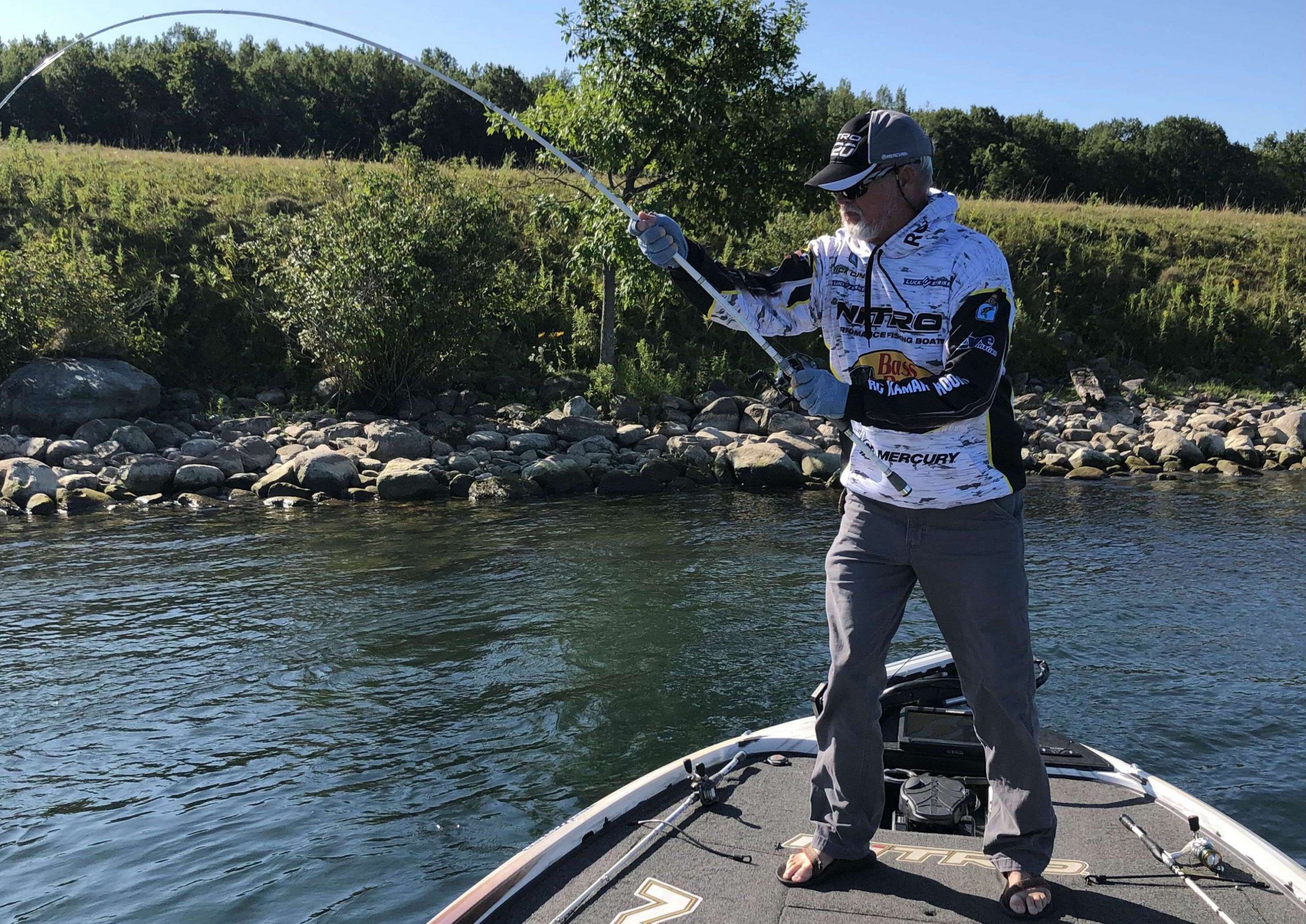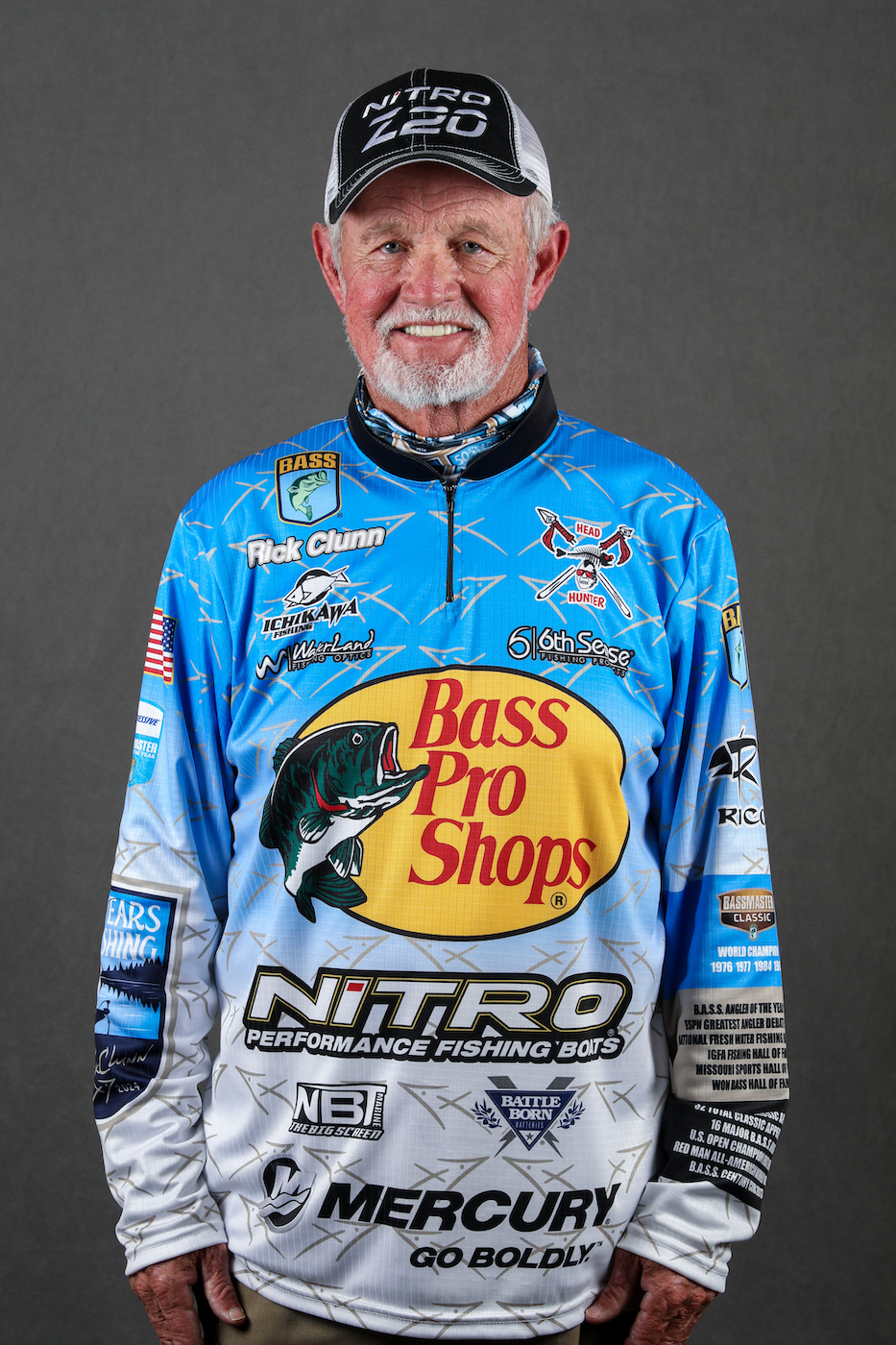
Manufacturers have done a good job improving the quality of our fishing tackle, but many of the user-friendly features that today’s anglers enjoy were conceived by Bassmaster pros decades ago.
Rods are the perfect example. In my early days, nearly all of the rods were 5 1/2- to 6-feet long and seemed quite adequate for the techniques that dominated that era.
But, as techniques changed, so did the need for changes in rod performance.
When David Fritts, Paul Elias and I started throwing big crankbaits and winning tournaments, we used 6-foot rods because that’s all we had or knew. Shortly thereafter, flipping with long, stout rods and heavy line emerged.
One day while fishing with Gary Klein, a noted flipper, I was showing him how I fish a crankbait on my 6-foot rod. He tied a crankbait onto one of his 7 1/2-foot flipping rods, and I thought he was crazy.
But once I saw how he could sling that bait farther and brace the long handle against his side — reducing arm strain — the light bulb went off in my head.
That next day, I went to a Houston cut-rate sporting goods store looking for something longer with a little softer action that I could adapt.
There were no 7-foot casting bass rods in those days, so I wound up buying a $28, 7-foot, fiberglass (saltwater) trout casting rod with a long handle. I liked it so much I went back and bought every one they had and used those for the next four or five years.
When I joined the Daiwa pro staff team, I convinced them to make the first 7-foot long-handled cranking rod. They copied the action off my cheap trout rod and sales took off.
Other companies followed suit.
The longer rod not only made anglers more efficient, but it reduced stress on the arms. Many of those who stayed with 6-foot casting rods ended up having to have arm surgery because of the strain on forearms and wrists.
Today, every rod manufacturer offers several actions in long handled bass rods 7 feet and longer. The Bass Pro Shops Carbonlite rods I now use implement advanced technology and the proper actions that make me a more proficient angler.
A similar evolution occurred with spinning rods, thanks to the West Coast anglers who taught us the advantage of matching light lines and properly balanced spinning tackle for drop-shotting and other finesse techniques.
Fishing reels have seen similar changes based upon angler need.
For example, the best reels in those early days were the Abu Garcia baitcasters built in Sweden, but like other baitcasters, they didn’t have a “thumb bar.” To release the spool, an angler had to reach on top of the reel and push a button.
After I won my second Bassmaster Classic, I contacted Garcia and inquired if they could come up with a better way to save anglers from reaching across the reel to push that button. Their next introduction had a thumb bar on it, and Garcia became the first company to ever offer that feature.
Company personnel wrote me a letter and said it was one of their best innovations and thanked me for the idea. Today, nearly every brand of baitcaster has a thumb bar.
There have been other competitive anglers over the years that have convinced tackle manufacturers to incorporate features in tackle, lures and even tackle storage that makes us better.
That trend will continue. As new techniques develop, creative anglers and manufacturers will pool their ideas and make the next era of anglers even more efficient than those of today.





